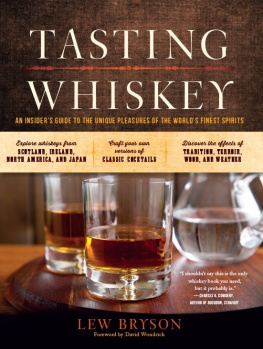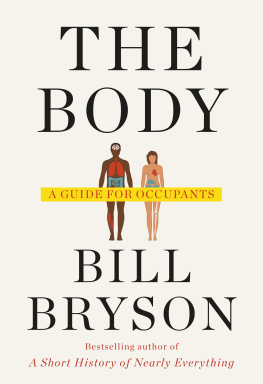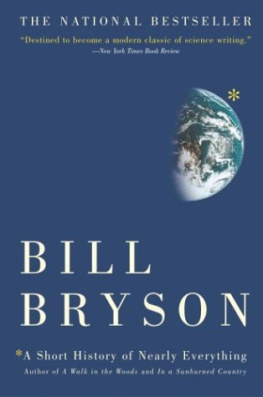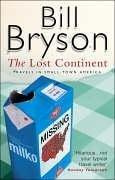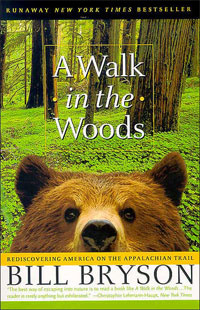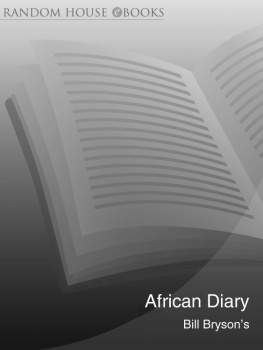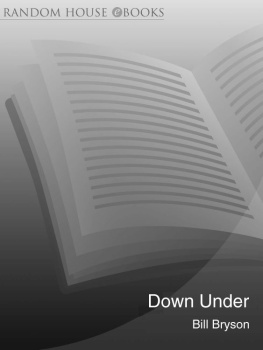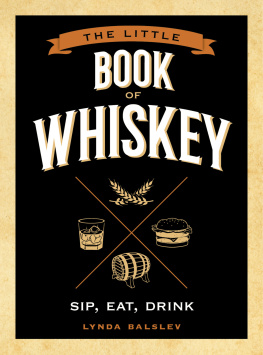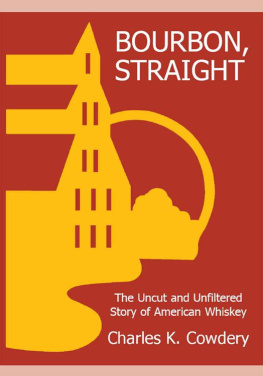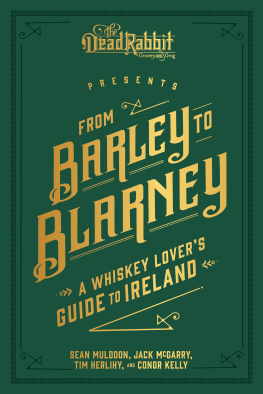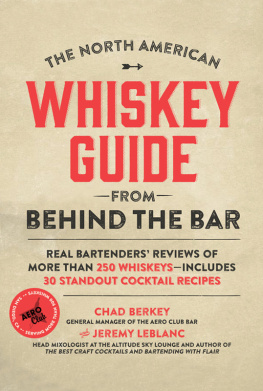T o my late grandfather, Newton Jay Shissler, who always kept a bottle of shine stashed in the kitchen cupboard.
T o Jimmy Russell, Parker Beam, and the late Elmer T. Lee and Ronnie Eddins, giants of bourbon from whom I learned an immense amount.
A nd to the memory of Truman Cox, a good man who was taken from us way too young, before he could achieve the greatness as a master distiller that I solidly believe was his destiny.
Contents
Foreword
T here are very few people on this rocky sphere of pain and tribulation Id rather have a drink with than Lew Bryson, and most of them are dead. Ive known Lew as an occasional drinking buddy, a friend, and an editor for going on 15 years, and even despite that editor business I still look forward to our next tipple, much like the giant panda looks forward to nibbling the first succulent bamboo shoots of spring. Lew is just that pleasant to spend time with.
In fact, hes so agreeable that you tend to forget just how damn smart he is and how much he knows: about whiskey (hes written and edited for Americas leading whiskey magazine for years), about beer (four books on the topic), and, well, about everything, or so it seems talking to him. At the same time, hes not one to talk a bunch of junk just to make you think hes a bigshot. But ask a question, and youll get a good answer (it helps that he used to be a librarian, I suppose). When it comes to the matter at hand whiskey hes one of the most knowledgeable people Ive ever met, without descending into trivia, one-upping, or blather. Which is good, because the literature on the topic is prone to be precisely that sort of bothersome stuff. Not this book.
Tasting Whiskey is a book that I would have loved to have had close at hand when I first started getting into whiskey, back when Ronald Reagan was president (I needed the stuff then, but I feel the same under every administration). Like its author, the book is clear, patient, thorough, and even-handed, all without taking itself too seriously. It cuts through the old myths and marketing hooey that form such a large part of whiskey lore, without introducing new hooey of its own. I learned something on every page. Id say more, but Ive got a column to write and Lew is, as usual, waiting for it.
Slinte,
David Wondrich
Founding member of The Museum of the American Cocktail
Author of two books on cocktail history, Punch and Imbibe
Introduction
T heres a feeling I get whenever I land at the airport in Louisville and walk into the terminal, under the big Welcome to Louisville sign, past the Woodford Reserve tavern, and down the escalators. Its a weight off my shoulders, a weight Id forgotten Id been carrying: the weight of being a bourbon lover among people who often giggle at the mention of the word. I walk down that terminal... and Im with my people. This is the place where I once slipped up and packed a bottle of Bookers in my carry-on bag going home, and the TSA guy honestly said, Look, well just forget it this one time. Thats really good bourbon; take better care of it. Yes, sir!
Theres another feeling I get when Im in the presence of an ancient and rare Scotch whisky. Its awe, and something close to reverence. As long ago as 200 years, an acorn took root, grew into an oak, and was cut, seasoned, sawn into billets and staves, and shaped into a barrel. Bourbon or sherry was aged in the barrel, for however long, after which the barrel was shipped to Scotland, reassembled, and filled with new whisky. After at least 10 years, the barrel was emptied again, and more new whisky was put into it, somewhere around the year I was born. Then here I am, say 40-odd years old, and Im handed a glass of it, drawn from the cask. My grandfather hadnt yet been born when the whole process started. And it tastes marvelous.
Then theres the feeling I get when I have a glass of a new whiskey in my hand: anticipation. I have a good idea of what its going to taste like from my previous experiences, but I dont know exactly what this is going to taste like. Thats exciting, and it whets my appetite and fires my curiosity.
More and more people feel that way about whiskey these days, but its been a long time since whiskey was held in such general high regard. Whiskey has seen boom times, such as the huge surge in interest in Scotch whisky during the Victorian era, but the twentieth century was for the most part a lean time, from the rough restart of American distillers after Prohibition through the rise of vodka and light rum in the 1960s and 70s. However, whether youre talking about Scotch, bourbon, or Irish, whiskey has made an amazing comeback in the past 20 years, and its continuing to rise. Scotch whisky (the two different spellings of whisky and whiskey are quirkily applied; see for an explanation), for example, has seen the emergence of single malts as a high-priced, high-growth market niche. Sales continue to climb despite steep price increases, and rare bottles are seen as investment-grade purchases at auction houses in New York and Hong Kong.
But while Scotch is still what you hear the most about, the world of whiskey is broader, as is its rise. Bourbon has left its decades-long glide path into regional obscurity on the strong lift of the cocktail culture revolution and a new appreciation for authenticity; Jack Daniels is booming internationally; and rye whiskey is resurgent after a near-death experience in the 1990s. Japanese whisky has come solidly into its own, with global critical acclaim that is translating into export sales. Irish whiskey is simply amazing, having posted double-digit sales increases for the past 20 years, eclipsing the much-talked-about growth of craft beers and blossoming with new brands and new styles. There is even growth in the long-declining Canadian whisky segment, as distillers rediscover the strengths of blended whisky.
People dont just want to drink more good whiskey; they want to know more about it. They want to know about Scotch, bourbon, Irish, Canadian, Japanese, and all the new craft whiskeys. They want to know whats good and whats not, they want to know how its made, they want to see it being made, and they want to know more about the people who make it. They go to the Kentucky Bourbon Festival, they go to the Fis le (the Islay Festival on Scotlands peatiest island), and they make pilgrimages to their favorite distilleries on the Kentucky Bourbon Trail, the Malt Whisky Trail, and the new Ireland Whiskey Trail.
The purpose of Tasting Whiskey is to get you ready for those next steps. Im going to share with you what Ive learned in years of studying whiskey, sampling whiskey, visiting whiskey distilleries and talking to the people who make it, and writing about it for a living. Its a shame how much misinformation about whiskey is out there. I know that when I started I had some laughably wrong ideas about how it is made, how it is aged, and why it tastes the way it does. Those are common misconceptions, and I want to get you up to speed all at once, so you can move forward to enjoy your whiskey.
Im going to tell you about how whiskeys made, the unique challenges of tasting it (and what it is youre tasting), and what Ive found to be the best ways to taste it. Then well talk about the different regions of whiskey, how they differ, and why their whiskeys are made the way they are, where they are. Then Ill tell you how to drink your whiskey, what goes well to eat with it, and how you can build a collection of whiskey.

